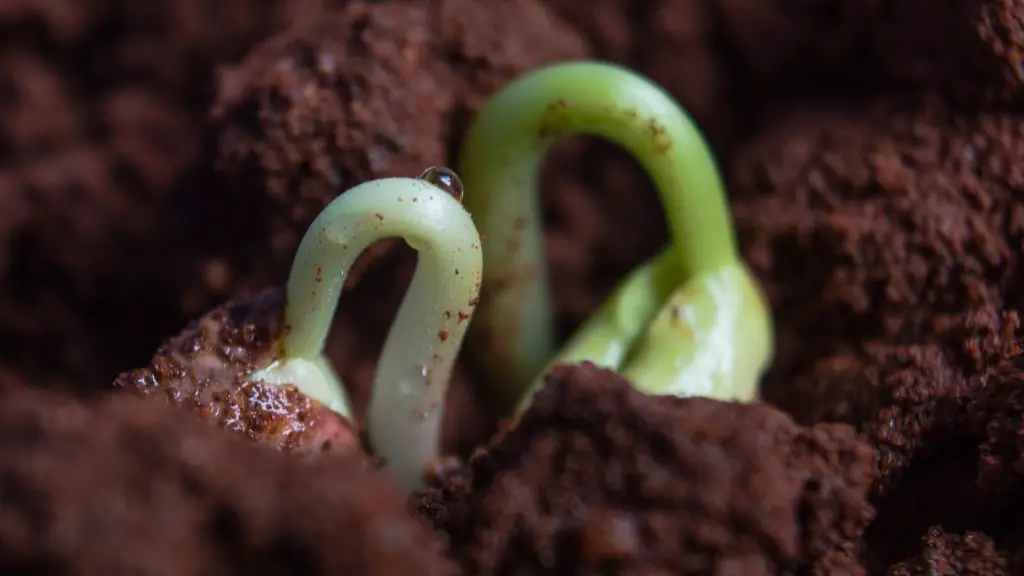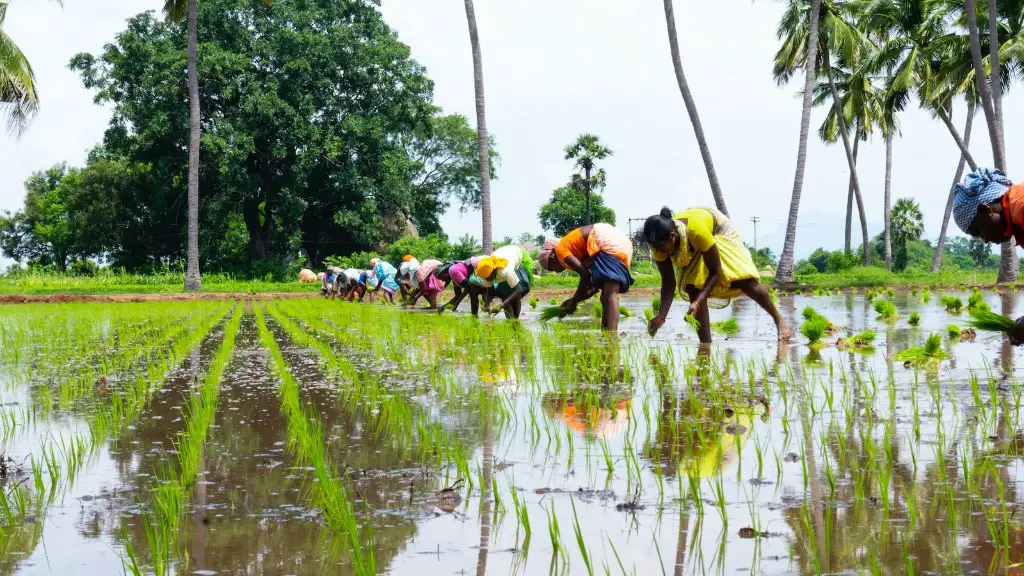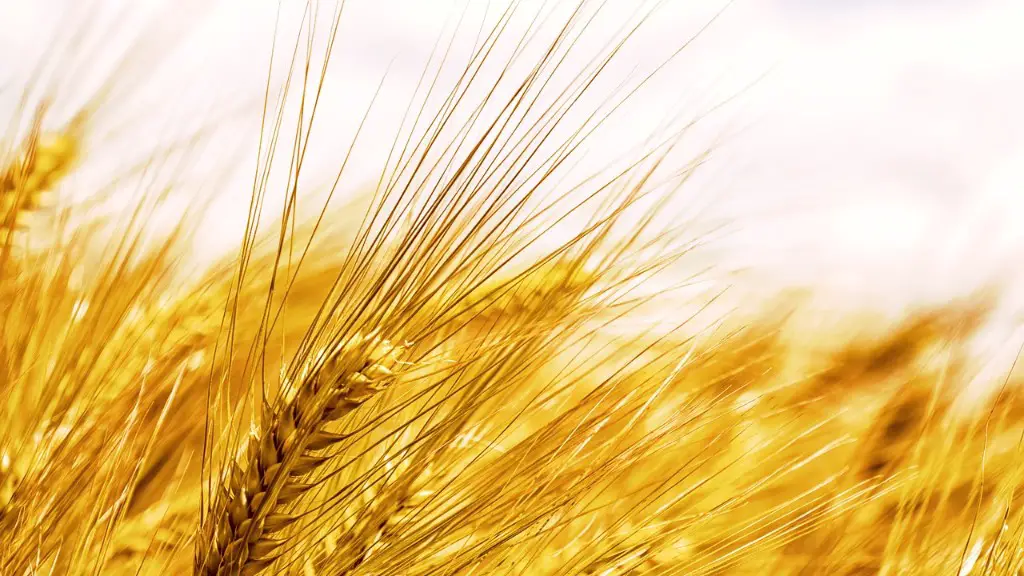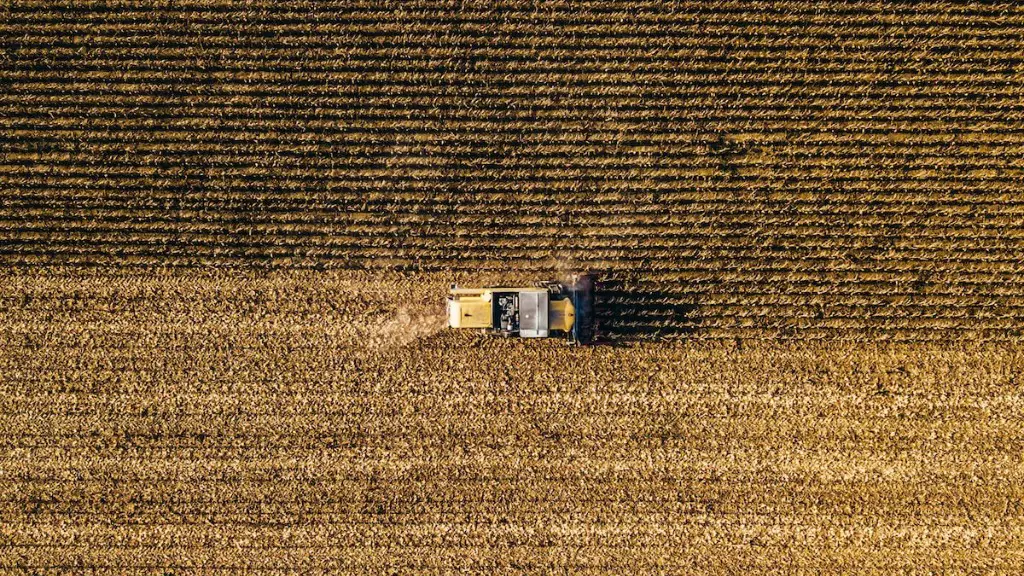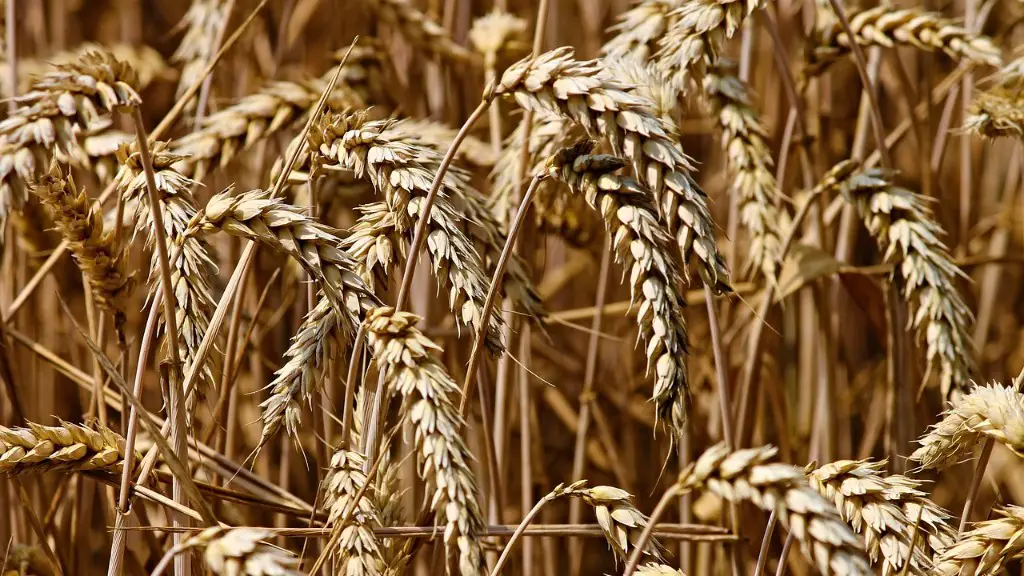Agriculture was established as a means of producing food for human consumption. It is thought to have first been developed around 10,000 BCE in the Fertile Crescent region of the Middle East. Agriculture allowed for the domestication of plants and animals, which led to the development of civilizations. Today, agriculture is a vital part of the global food system, providing us with the fruits, vegetables, and grains that we eat on a daily basis.
The first agricultural societies appeared about 12,000 years ago, when people in the Middle East began to domesticate plants and animals.
When and where did agriculture begin?
The Zagros Mountain range, which lies at the border between Iran and Iraq, was home to some of the world’s earliest farmers. Sometime around 12,000 years ago, our hunter-gatherer ancestors began trying their hand at farming. The Zagros Mountains were a perfect place for early farmers to settle because they received enough rainfall to support crops, but were not so wet that crops would fail due to flooding. The mountains also provided a natural barrier against potential invaders. The early farmers who settled in the Zagros Mountains were able to adapt to the local climate and soil, and they prospered. Their success allowed them to spread their knowledge of agriculture to other parts of the world, and eventually, the practice of farming took root all over the globe.
The Egyptians were among the first peoples to practice agriculture on a large scale. This was made possible with the development of basin irrigation, which allowed them to cultivate crops in the pre-dynastic period from the end of the Paleolithic into the Neolithic. Between around 10,000 BC and 4000 BC, the Egyptians developed a sophisticated agricultural system that allowed them to produce large quantities of food.
When did agriculture begin in America
Agriculture is an ancient practice that began independently in both North and South America. Agriculture began in the Americas ∼10,000 years before present (YBP), within a few thousand years of the arrival of humans in the Americas. Agriculture allowed for the domestication of plants and animals, which led to the development of civilizations. Agriculture is a vital part of human history and continues to be an important part of our world today.
Native Americans have a long and rich history of farming domesticated crops in various regions across the country. The Eastern Woodlands, the Great Plains, and the American Southwest are all home to Native American farmers who have cultivated a wide variety of crops over the years. Today, Native American farmers continue to play a vital role in the agricultural industry, producing a wide variety of crops that are enjoyed by people all over the world.
What is the history of agriculture?
The history of agriculture is the story of humankind’s development and cultivation of processes for producing food, feed, fiber, fuel, and other goods by the systematic raising of plants and animals. Prior to the development of plant cultivation, human beings were hunters and gatherers.
Agriculture was a major turning point in human history, marking a significant change in our relationship with the environment. For the first time, we began to domesticate plants and animals, which allowed us to settle in one place and establish communities. This new way of life allowed us to thrive and eventually become the dominant species on Earth.
Who was the first farmers on earth?
The genetic origins of the first agriculturalists in the Neolithic period long seemed to lie in the Near East. A new study published in the journal Cell shows that the first farmers actually represented a mixture of Ice Age hunter-gatherer groups, spread from the Near East all the way to south-eastern Europe. The study provides new insight into the origins of agriculture and how it spread across Europe.
The Cro Magnon man is a prehistoric human who lived around 50,000 years ago. This individual was part of a group that existed before the earliest known Homo sapiens. The Cro Magnon man was taller and more muscular than modern humans, and had a large brain. This individual was also the first to use tools and fire.
After the Cro Magnon man evolved, the evolution of Homo sapiens began to accelerate. Around 10,000 years ago, some of these early humans began to practice agriculture. They started to rear cattle and establish cities. This marked a major turning point in human history, and the Cro Magnon man played a significant role in it.
Where is the birthplace of agriculture
Agriculture can be traced back to a few small hubs around the world, but it is thought to have first originated in the Fertile Crescent. This region, located in the Near East, includes parts of modern-day Iraq, Syria, Lebanon, Israel, and Jordan. The Fertile Crescent is thought to be where crops were first domesticated, and the practice of agriculture then spread to other parts of the world.
The three regions of the world where agriculture first developed independently from one another were South America, Mesoamerica, and eastern North America. Each region had its own unique climate and geographical conditions that influenced the types of crops that could be cultivated successfully. In South America, the Andes mountains created a diverse range of microclimates that allowed for the growth of a variety of plants, including potatoes, quinoa, and maize. Mesoamerica had a hot, humid climate that was well suited for the cultivation of crops like beans, squash, and chili peppers. Eastern North America was a temperate region with rich soil that was ideal for growing crops like corn, wheat, and rice.
What is the timeline of agriculture?
The Neolithic Revolution was a significant turning point in human history, marking the transition from a hunter-gatherer lifestyle to one of agriculture and domestication. This change began around 7000 BC in the Fertile Crescent region of the Middle East, where early humans began cultivating wheat, sesame, barley, and eggplant. Soon after, they began domesticating cattle and chicken. This new way of life quickly spread to other parts of the world, including Southeast Asia, where rice was domesticated around 6800 BC, and Turkey, where evidence of cattle domestication has been found dating back to 6500 BC.
Agriculture was a game-changer for humanity. Not only did it allow for the domestication of plants and animals, but it also allowed for the growth of civilizations. Agriculture allowed for the surpluses that allowed for the development of cities and trade. It also allowed for the growth of civilizations because it allowed for the growth of food surpluses.
Where did humans first start farming
New research has found that farming was actually first developed in China some 23,000 years ago, making it the oldest known agricultural system in the world. The findings suggest that the early development of agriculture was much more widespread than previously thought, and that farming likely arose independently in different regions of the world.
Norman Ernest Borlaug was an American agronomist who led initiatives worldwide that contributed to the extensive increases in agricultural production termed the Green Revolution. He is considered one of the most important figures in the history of agriculture.
What happened in agriculture in 1940?
In the 1940s, American agriculture underwent a revolution that made farmers much more productive. Suddenly, it took less and less time for farmers to produce more and more food. This increase in productivity led to a boom in the American agricultural industry, making it one of the most productive and efficient in the world.
Farms changed a lot during the 1950s. In 1950, the average farm size was 213 acres. By 1960, it had grown to 297 acres. The number of large-scale commercial farms also increased during this time. This was because they were more efficient and productive.
Final Words
The practice of agriculture dates back to at least the 11th millennium BC and was established in different regions around the world at different times.
The origins of agriculture date back to the Neolithic Revolution, when species of plants and animals were first domesticated. Agriculture allowed for the domestication of plants and animals, which led to the development of civilizations. Agriculture has played a vital role in human history, and continues to do so today.

